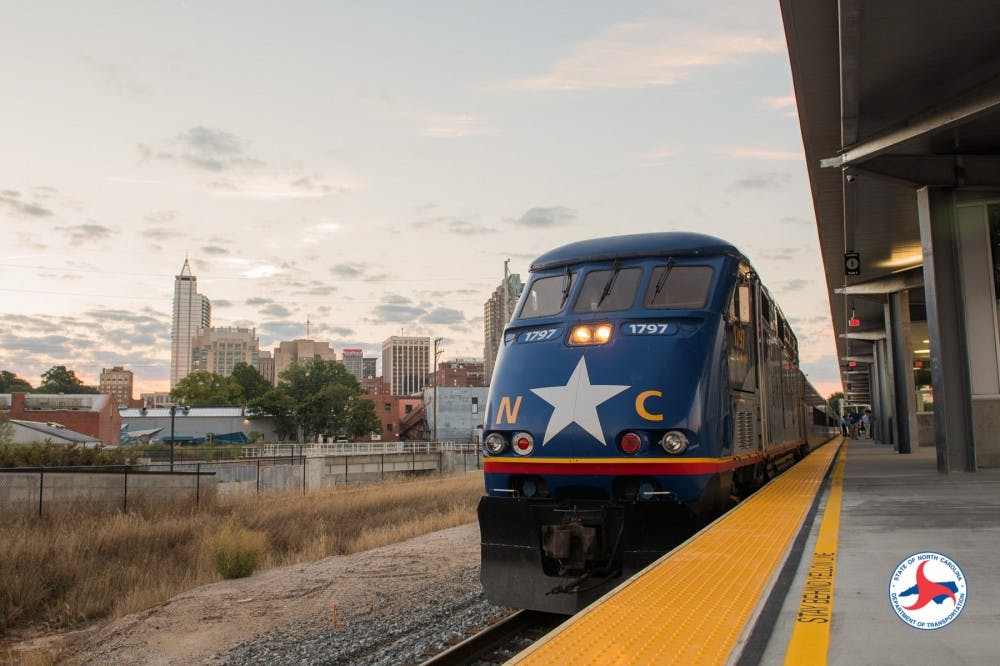According to the Economic Contribution of Rail in North Carolina report released last month — conducted by the N.C. Department of Transportation and the Institute for Transportation Research and Education — NC By Train and Amtrak together carry over half a million passengers per year.
The report also showed North Carolina's 3,400-mile rail system, which generates more than $20 billion annual statewide economic input and supports 88,000 jobs. The state houses more than 100 rail industry businesses, and the state receives about 45 million tons of rail freight.
“Our goal of this study was to understand all the rail-related industries, companies, activities and operations in the state and what impact it has on supporting jobs and business revenue in the state's economy,” Daniel Findley, associate director of the Institute for Transportation Research and Education, said.
According to the Association of American Railroads, rail can ship 471 tons of freight with one gallon of fuel — making it three to four times more fuel-efficient than trucks and reducing carbon emissions by 75 percent. Rail also reduces traffic on highways, both from passengers and large trucks carrying products, which protects infrastructure and reduces the emissions from vehicles on the road.
Nathan Zelenz, a UNC student, said he saw mostly students when riding the train to Charlotte for a school break. He said there are several benefits to having this mode of transportation available.
“You don't really have to worry about asking somebody for a ride with a car and it takes about the same amount of time,” Zelenz said.
North Carolina and Virginia have received a $1.09 billion grant to build the first and most complex segment of a new line from Raleigh to Richmond. The S-line, formally known as the Seaboard Air Line, is an underused existing rail corridor.
This portion of the project will connect Raleigh and Wake Forest and is estimated to be completed in 2030.
“We have successful service, but those services run on congested brake networks and they don't provide a lot of opportunity to meet those requirements of fast, reliable and frequent service,” Jason Orthner, director of the NCDOT rail division, said.



